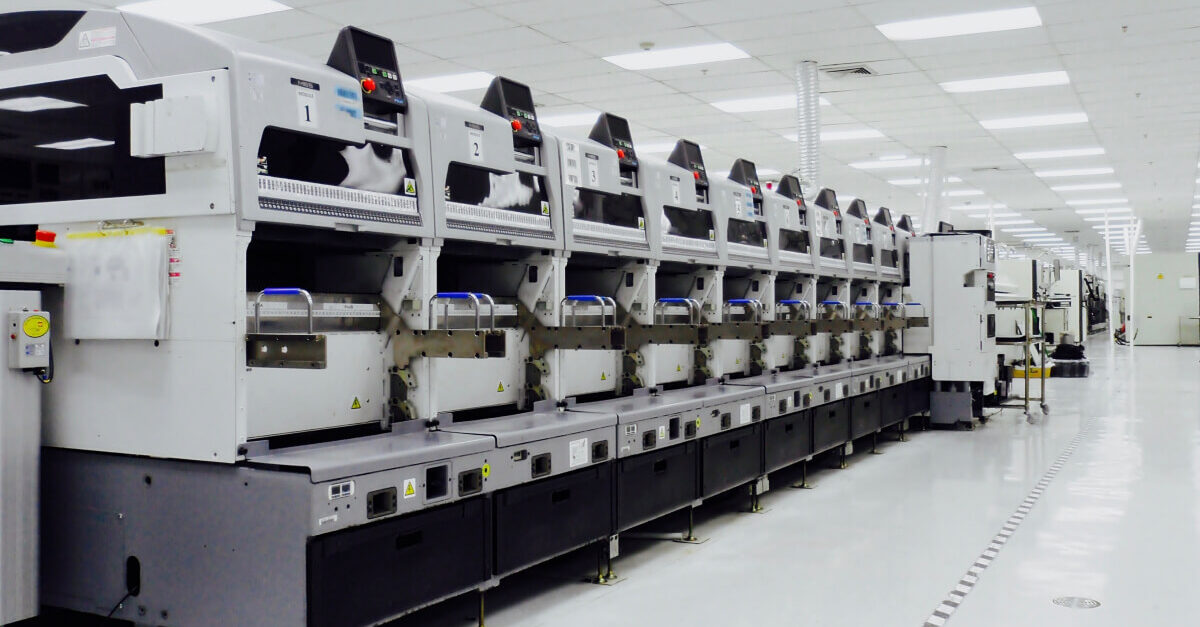When technology protects investment
The hardware investment, made more than 15 years ago, was protected by software re-engineering, and was then integrated with other production systems

Objective: Save resources, protect investments
A 15-year-old production-line weighing system, part of the assembly line, stopped itself on a weekly basis, resulting in inaccuracy in products’ unit weights and missing production line information. Since data concerning weight was of poor quality, it provided limited insight for post-production analysis.
The weighing system did not integrate with any other systems, and two to three hours of human labor was needed on a daily basis to reconcile data. This caused delays in information availability, made data prone to errors, and was waste of human resources.
Modernization through re-engineering
The project began by Proekspert engineers paying onsite visits to the factory to observe the problem and its cause. Our objective: To protect the investment in the existing weighing system and to enable integration with the production line, without adding any new hardware.
The Proekspert team protected the original investment by re-engineering the existing system so that it would run on new software. To enhance the data, the team integrated OEE monitoring software Evocon via the API, which enabled the pairing of weight data with its relevant product. This information is now available in a web application that combines business logic and data. New data sources are easily added to the system. After the first development phase, Proekspert helped Paljassaare to integrate a brand new scale into its system.
Trusted data enables better business operations decisions
The project accomplished its objective, which was to protect the investment and eliminate manual labor. The hardware investment, made more than 15 years ago, was protected by software re-engineering, and was then integrated with other production systems. Also, manual labor is no longer required for collecting, handling, or reconciling data.
Results
- People are freed for more valuable work.
- Change enables production line work and assembly lines to be monitored, analyzed, and improved.
- Better business decisions are made due to reliable data.
Having a quality weight control system in place, is also important for production to respond the prepackaged products EU directive 76/211/EEC e-mark standard for which audits occur annually.
Client comment
“The project accomplished its objective, which was to protect the investment and eliminate manual labor. The hardware investment, made more than 15 years ago, was protected by software re-engineering, and was then integrated with other production systems. Also, manual labor is no longer required for collecting, handling, or reconciling data.”
Jüri Mallene
Production Manager, Paljassaare Kalatööstus AS
Related case studies
Our case studies give an insight into how human-oriented design principles will help product companies persuade customers to go on a journey with smart, connected products.
Share your challenge with us
Thank You!
Your message has been sent. Our team will get back to you as soon as possible!










